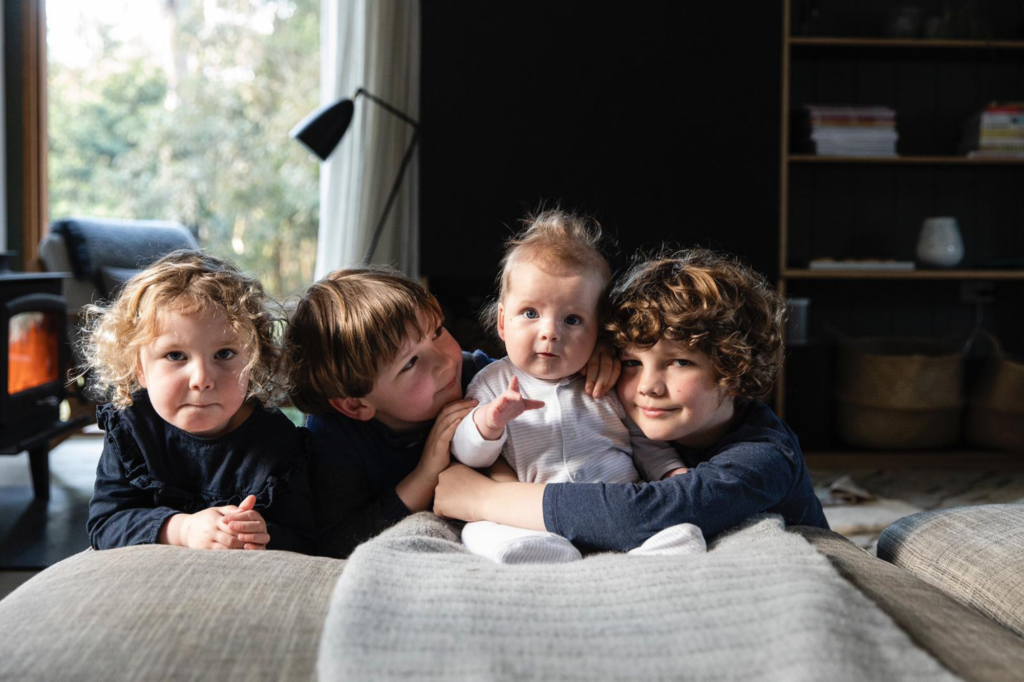

When a baby is positioned bottom-down late in pregnancy, this is called the breech position. Breech birth can sometimes be more complicated for both mother and baby, and therefore planning for the birth requires discussion with your doctor or midwife.
Most babies settle into head-down position, ready for birth, by about the last month of pregnancy. Health professionals call this a ‘vertex’ or ‘cephalic’ position.
It is fairly common for a baby to be in a breech position before 35-36 weeks gestation, but most gradually turn to the cephalic position before the last month.
Your doctor or midwife will feel your abdomen whenever you have your pregnancy check ups in the second and third trimester-this is called an ‘abnormal palpation’. When they feel your abdomen at 35-36 weeks, they will assess whether the baby has settled into a head -down position in preparation for birth. If they suspect your baby might be in a breech position, they can confirm this with an ultrasound scan.
There are 3 main types of breech position. All of them involve the baby being in a bottom-down, head up, position. The variations of breech include:
Frank breech-the baby’s legs are straight up in front of its body in a V shape, so its feet are up near its face (flexed hips, extended knees.)
Complete breech-the baby is in a sitting position with its legs crossed in front of its body and its feet near its bottom (flexed hips, flexed knees.)
Footling breech-one or both of the baby’s feet are hanging below its bottom, so the foot or feet are coming first (extended hips, extended knees.)

While your baby is still in the womb, it is just as safe for them to be in a breech position as it is for them to be head-down. There are no long-term effects upon children who were in a breech position during pregnancy. The birth process, however, is often more challenging when babies are still breech at the start of labour.
Often it is unclear why a baby remains in a breech position, however, some of the common reasons include:
too much or too little amniotic fluid around the baby
the length of the umbilical cord
multiple pregnancy-for example, often one twin will be in a cephalic position and the other in a breech position
uterine fibroids
an irregular size or shape of the mother’s uterus
Some breech babies turn themselves naturally in the last month of pregnancy. If this is your first baby and they are breech at 36 weeks, the chance of the baby turning itself naturally before you go into labour is small if you’ve already has a baby and this one is breech at 36 weeks, the chance of them turning naturally is higher as your abdominal muscle
If your baby is in a breech position at 36 weeks, your doctor or midwife might suggest you think about an ECV, or external cephalic version, after 37 weeks. This will increase your chances of your baby turning to a head-down position.
Some people think that you might be able to encourage your baby to turn by holding yourself in certain positions, such as kneeling with your bottom in the air and your head and shoulders flat to the ground. Other options you might hear include acupuncture, a Chinese herb called moxibustion and chiropractic treatment. There is no good evidence that this works. Talk to your doctor or midwife before trying any techniques to be sure they do not harm you or your baby.
Schedule an appointment with Lionel if you suspect or know your baby is in a breech position, to discuss your options. Please contact our rooms for a consultation.


